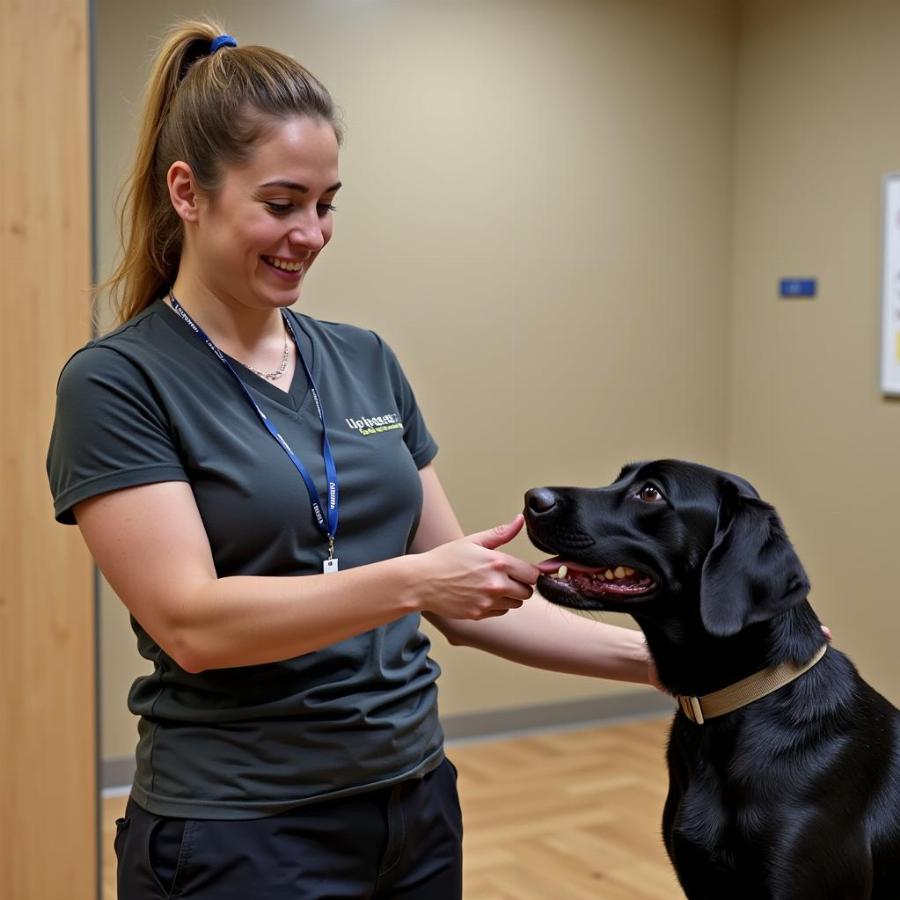Dog park KQED newsroom coverage offers valuable insights into the world of dog parks and their impact on communities. Understanding these perspectives helps dog owners make informed decisions about utilizing these spaces and advocating for responsible dog park management. This guide will delve deeper into various aspects of dog parks, addressing common questions and concerns while providing helpful tips for a positive experience for both you and your furry friend.
Understanding Dog Park Dynamics: KQED Newsroom Perspective
KQED newsroom often covers stories related to dog parks, highlighting issues such as park maintenance, user conflicts, and dog behavior. These reports can shed light on the challenges and benefits of these shared spaces. It’s essential for dog owners to stay informed about local dog park news and be aware of any ongoing discussions or proposed changes that could impact their experience.
Choosing the Right Dog Park: Size, Amenities, and Safety
Not all dog parks are created equal. Factors like size, amenities, and safety features play a crucial role in selecting the ideal park for your dog. Consider your dog’s size, energy level, and temperament when choosing a park. A small, timid dog might be overwhelmed by a large, boisterous park, while a high-energy breed might thrive in a spacious area with agility equipment.
Dog Park Etiquette: KQED Newsroom’s Take on Responsible Ownership
KQED often emphasizes responsible dog ownership in their reporting, including proper dog park etiquette. This includes keeping your dog leashed until safely inside the designated off-leash area, picking up after your dog, and being mindful of other dogs and their owners. Respecting these unspoken rules ensures a harmonious environment for everyone.
Addressing Dog Park Challenges: Insights from KQED Reporting
KQED newsroom frequently addresses common dog park challenges, such as dog fights, aggressive behavior, and overcrowding. Understanding these issues and knowing how to respond proactively can help prevent negative experiences. Being prepared and aware of potential problems is key to ensuring a safe and enjoyable visit.
Is My Dog Ready for the Dog Park? Assessing Temperament and Social Skills
Before taking your dog to the dog park, it’s crucial to assess their temperament and social skills. Not all dogs thrive in off-leash environments. If your dog is fearful, aggressive, or overly reactive, the dog park might not be the best place for them. Consider consulting with a professional dog trainer to evaluate your dog’s suitability and provide guidance on socialization.
 Dog Trainer Assessing Dog's Temperament
Dog Trainer Assessing Dog's Temperament
Conclusion: Making the Most of Your Dog Park Experience
Dog park KQED newsroom coverage provides valuable insights for dog owners. By staying informed about local news, understanding dog park dynamics, and practicing responsible ownership, you can ensure a positive and enriching experience for both you and your furry companion. Remember to prioritize safety, respect other park users, and choose a park that suits your dog’s individual needs.
FAQ:
- Are there specific rules for dog parks? Rules vary by location, but generally include leashing dogs until inside the off-leash area, picking up waste, and supervising your dog at all times.
- What should I do if my dog gets into a fight? Separate the dogs immediately, but avoid putting yourself in harm’s way. Exchange contact information with the other owner.
- Is it okay to bring treats to the dog park? Treats can sometimes create tension between dogs, so it’s generally best to avoid them.
- How can I socialize my puppy at the dog park? Start by introducing your puppy to calm, well-socialized adult dogs in a controlled environment before visiting a busy dog park.
- What if my dog is afraid of other dogs? The dog park might not be the right environment for a fearful dog. Consult with a trainer for alternative socialization methods.
- Can I bring my child to the dog park? While some dog parks allow children, it’s important to supervise them closely and teach them how to interact safely with dogs.
- What should I do if another dog is being aggressive? Alert the owner and, if necessary, remove your dog from the situation.